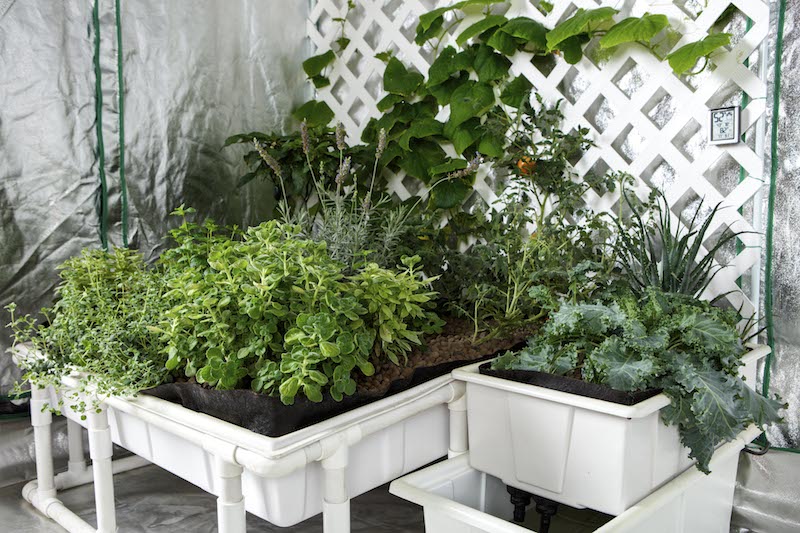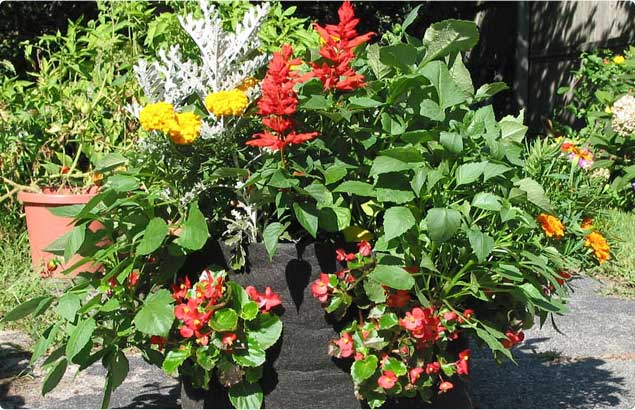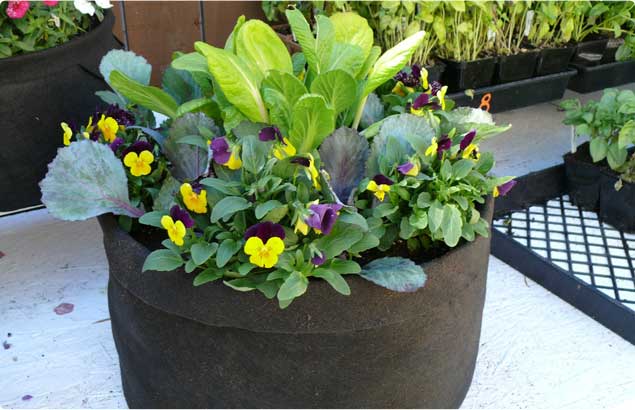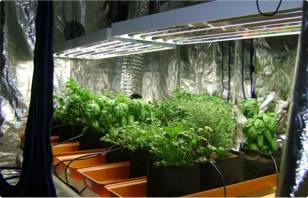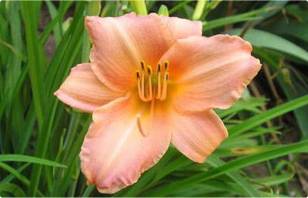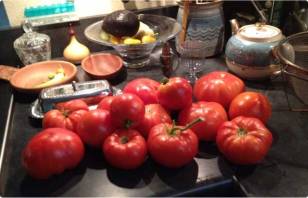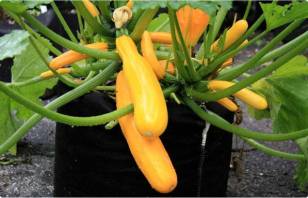From Farm to (Veggie)Table: Growing Your Own Hydroponic Food
In an era of pesticides and genetically modified foods, the idea of homegrown produce is going mainstream. Hobbyists and professionals are warming to the idea of hydroponic food. Hydroponic farms provide several distinct benefits, including:
Water efficiency
Hydroponic food consumes only about 10% of the water required by soil-grown food.
Organic growing
Hydroponic farms grow food rapidly with little or no soil. This virtually eliminates the problem of weeds and invasive plants, particularly if your farm is indoors. The result? No herbicides to contaminate your food.
Year-round growing
Indoor hydro farms aren’t vulnerable to harsh weather and fluctuations in precipitation. And because the roots are suspended in a nutrient-rich medium, there’s no need to amend the soil or let it recover. Once you harvest a crop, you can start the next one immediately.
Starting Your Hydroponic Farm
There are several important factors to consider when starting your hydroponic farm. Indoor and outdoor setups have different requirements. Today, let’s look at the most important ingredients for an indoor flood table system. It’s great way to get maximum yields with minimal effort.
So… What’s a Flood Table?
Also known as a flood tray or grow table, a flood table is a raised structure topped with a broad plastic tray with raised sides. Located just beneath the tray, a tank or reservoir filled with nutrient solution is connected to the tray through one or more hoses. Periodically, a pump lifts the solution from the reservoir, “flooding” the tray along with the plant containers situated inside it. After a delivering a dose of nutrients, the pump drains the solution back into the reservoir, allowing the plant containers to drain. Depending upon the crop, this process is repeated for days or months until the plant reaches maturity. Flood tables, along with required hoses and pumps can be purchased through numerous retailers, and flood tray liners can be found here.
Lighting
There are several options for indoor lighting, and each comes with pros and cons. Let’s take a look at the basic options.
T5 Fluorescent
This option provides two basic benefits: price and heat profile. T5s are inexpensive and don’t produce much heat. That’s good, because excess heat can stress or kill your plants, particularly in an enclosed space. On the negative side, T5s don’t produce the spectrum required for fruiting and flowering plants. If you’re focused on growing leafy greens like lettuce or herbs in your hydro farm, T5s will work fine. If not, you’ll need to step it up to HID or LED lights.
High-Intensity Discharge (HID)
HID lighting produces the intense, full-spectrum light required by fruiting and flowering specimens. On the other hand, they’re much more expensive to purchase and operate. Plus, they produce a lot of heat. That’s fine if you’re growing in an open space. During colder months, it may even be an advantage. But if you’re growing in an enclosed space, you’ll need to consider venting options. And that’s a whole different can of worms.
LED
Until recently, LEDs were a pariah in the hydroponic farm movement. They were extremely expensive and incapable of producing the necessary light spectrum for optimum flowering and fruiting. But times have changed. LEDs have dramatically improved and offer two main benefits. First, they produce very little heat. So roasting your plants to death isn’t a problem. Next, they consume very little power, and their maintenance costs are extremely low. On the other hand, LEDs remain the most expensive grow lights on the market, and numerous poor-quality models are sold on sites like eBay. If you’re going to invest in LED grow lights, make sure you do your homework and find reviews from reputable sources.
Growing Containers
Once you’ve got your table and lighting set up, you’ll need containers, and material is an important consideration. Today’s hydro growers can choose containers made from plastic, fabric, and even coconut fiber. Fabric bags offers distinctive benefits that make them an especially smart choice.
Unlike plastic pots, fabric discourages root circling, an undesirable condition in which plant roots become tangled inside the pot. Through a process known as “root pruning,” fabric bags prevent root circling and encourage healthy root structures. The result is healthier plants and vastly superior yields. Fabric grow bags offer several other notable advantages, including:
- Allowing the nutrient solution to flow freely among the roots while keeping the growth medium from escaping the container.
- Prevent the growth medium from clogging hoses that connect the table and reservoir.
- Aerating the plants roots to promote beneficial bacteria growth.
- Excellent drainage to prevent root rot and moisture-related diseases.
- Releasing heat to keep plants free from stress.
It’s no wonder fabric pots are among the most popular growing containers in hydroponic farms across the world.
Final Notes
Of course, these are just the basics. You’ll need to fine-tune your nutrient solution, ventilation needs, pest control and PH balancing to get your hydroponic farm in tip-top shape. But with a little research and a heavy dose of elbow grease, you’ll be eating your own farm-to-table vegetables in no time!
